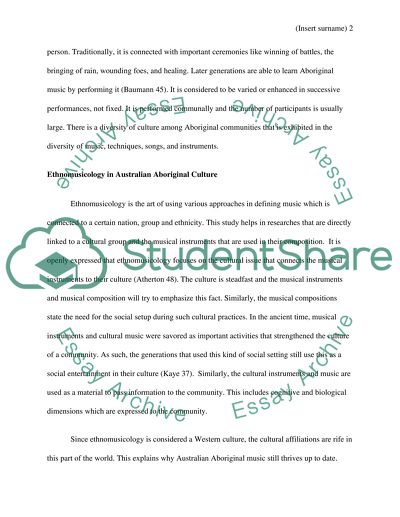Cite this document
(“Australian Aboriginal Music and the Didjeridu Research Paper”, n.d.)
Retrieved from https://studentshare.org/music/1475937-australian-aboriginal-music-and-the-didjeridu
Retrieved from https://studentshare.org/music/1475937-australian-aboriginal-music-and-the-didjeridu
(Australian Aboriginal Music and the Didjeridu Research Paper)
https://studentshare.org/music/1475937-australian-aboriginal-music-and-the-didjeridu.
https://studentshare.org/music/1475937-australian-aboriginal-music-and-the-didjeridu.
“Australian Aboriginal Music and the Didjeridu Research Paper”, n.d. https://studentshare.org/music/1475937-australian-aboriginal-music-and-the-didjeridu.


